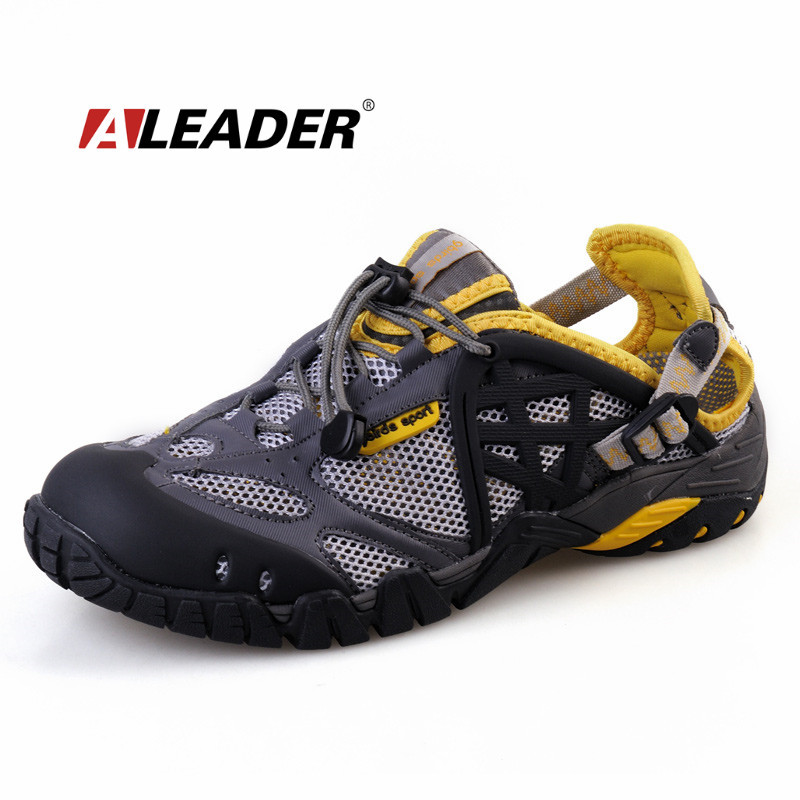Men's Winter Hiking Boots

As the winter season approaches, outdoor enthusiasts are gearing up for their favorite cold-weather activities, including hiking. When it comes to tackling snowy trails, having the right footwear is crucial for both safety and enjoyment. Men’s winter hiking boots are designed to provide the necessary support, warmth, and traction to handle the challenges of winter hiking. In this comprehensive guide, we’ll delve into the world of men’s winter hiking boots, exploring the key features, technologies, and factors to consider when selecting the perfect pair for your next winter adventure.
Understanding the Importance of Winter Hiking Boots
Winter hiking presents a unique set of challenges, including icy trails, deep snow, and freezing temperatures. Standard hiking boots may not be sufficient to handle these conditions, as they can leave your feet cold, wet, and vulnerable to injury. Men’s winter hiking boots are specifically designed to address these issues, featuring insulated and waterproof membranes to keep your feet dry and warm. Additionally, they often include aggressive tread patterns and crampons for improved traction on icy and slippery surfaces.
Key Features of Men’s Winter Hiking Boots
When shopping for men’s winter hiking boots, there are several key features to look for:
- Insulation and Waterproofing: Look for boots with high-quality insulation, such as Thinsulate or PrimaLoft, and a waterproof membrane, like Gore-Tex or eVent. These features will help keep your feet warm and dry in cold and wet conditions.
- Traction and Stability: A good pair of men’s winter hiking boots should have an aggressive tread pattern and a sturdy sole to provide stability and traction on various winter surfaces.
- Ankle Support: High ankle collars provide additional support and protection from deep snow and rough terrain.
- Breathability: While it may seem counterintuitive, breathable materials are essential for preventing the buildup of moisture inside the boot, which can lead to cold feet.
- Weight and Flexibility: Lighter boots with flexible soles can improve mobility and reduce fatigue on long hikes.
Technologies and Materials
Several technologies and materials are used in the construction of men’s winter hiking boots to enhance their performance:
- Gore-Tex and eVent: These waterproof and breathable membranes prevent water from entering the boot while allowing moisture to escape.
- Thinsulate and PrimaLoft: Insulation materials that provide warmth without adding bulk.
- Vibram Soles: Known for their durability and traction, Vibram soles are often used in winter hiking boots for their excellent grip on various surfaces.
- Membrane Technologies: Such as OutDry and similar proprietary technologies, designed to keep feet dry and comfortable.
Choosing the Right Boot
With so many options available, choosing the right men’s winter hiking boot can be overwhelming. Here are some factors to consider:
- Intended Use: Determine the type of hiking you’ll be doing most often. If you’re tackling steep, icy trails, you may need boots with crampons. For more casual, snowy hikes, a boot with a good tread pattern may suffice.
- Fit: Ensure the boot fits comfortably, with enough room for thick socks. A poorly fitting boot can lead to discomfort, blisters, and reduced performance.
- Budget: Men’s winter hiking boots can range from under 100 to over 300. Set a budget and look for boots that meet your needs within that range.
Maintenance and Care
To extend the life of your men’s winter hiking boots, proper maintenance and care are essential:
- Cleaning: Regularly clean the boots to remove dirt and debris. Use a soft brush and mild soap.
- Drying: Allow the boots to dry naturally, away from direct heat. This helps prevent the degradation of materials.
- Conditioning: Apply a waterproofing treatment to the leather and fabric parts of the boot to maintain its water resistance.
Conclusion
Men’s winter hiking boots are a crucial piece of gear for anyone venturing into the cold. By understanding the key features, technologies, and factors to consider, you can find the perfect pair to keep your feet warm, dry, and comfortable on your winter hikes. Remember, the right boots can make all the difference in your outdoor experience, providing the confidence and comfort needed to tackle even the most challenging winter trails.
FAQ Section
What is the best insulation for winter hiking boots?
+Thinsulate and PrimaLoft are highly regarded for their warmth and light weight, making them excellent choices for winter hiking boots.
How do I choose the right size for my winter hiking boots?
+Try on boots with the same type of socks you plan to wear hiking. Ensure there's enough room for your toes to wiggle and that the heel fits snugly without slipping.
Can I use my summer hiking boots for winter hiking?
+No, summer hiking boots are not designed for the cold, wet conditions of winter. They lack the necessary insulation, waterproofing, and traction for safe and comfortable winter hiking.
In conclusion, men’s winter hiking boots are not just a accessory, but a necessary tool for winter hiking. By choosing the right pair, you can ensure a safe and enjoyable hiking experience. Remember to consider the key features, technologies, and factors mentioned above when selecting your next pair of winter hiking boots.



